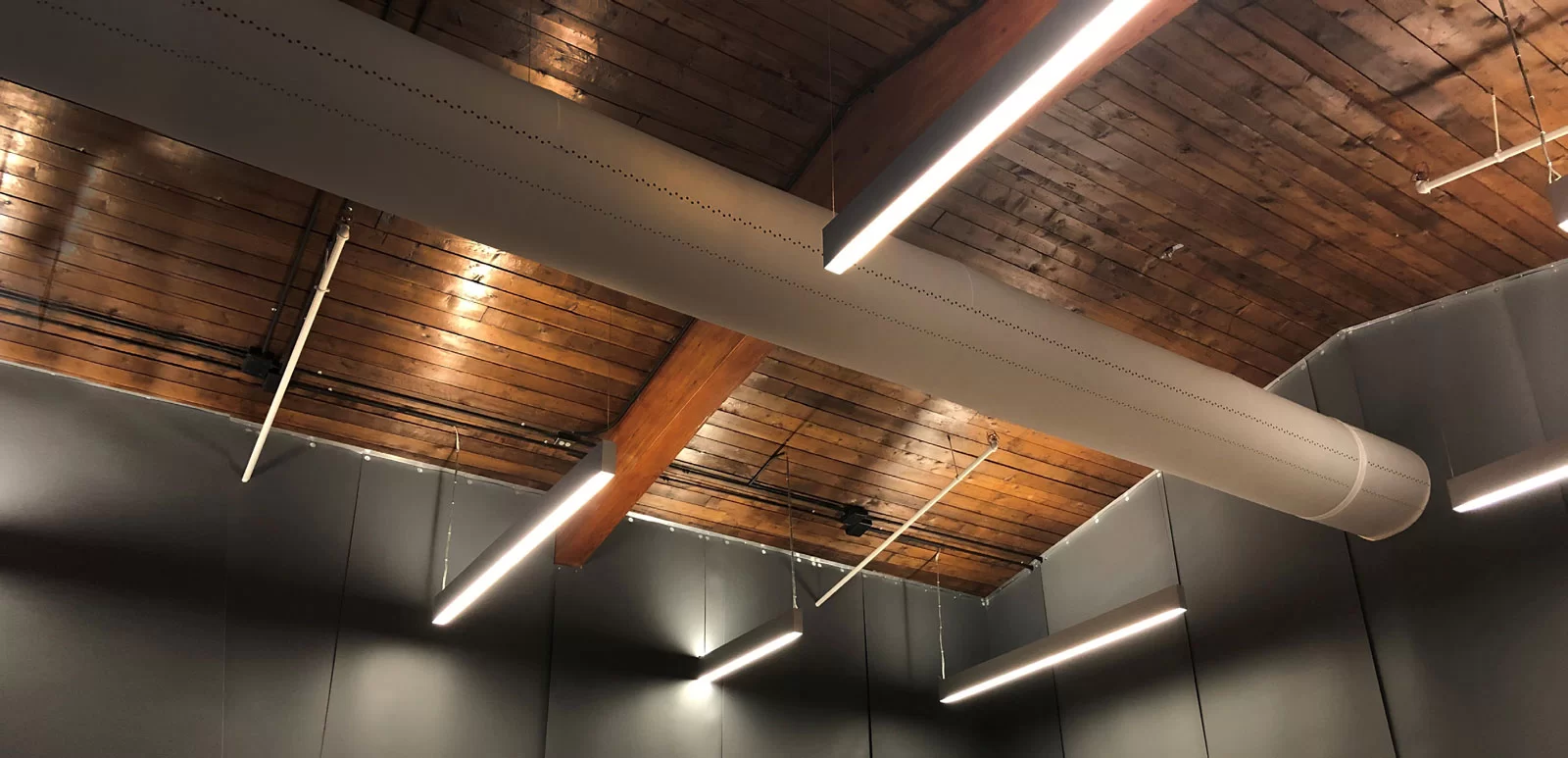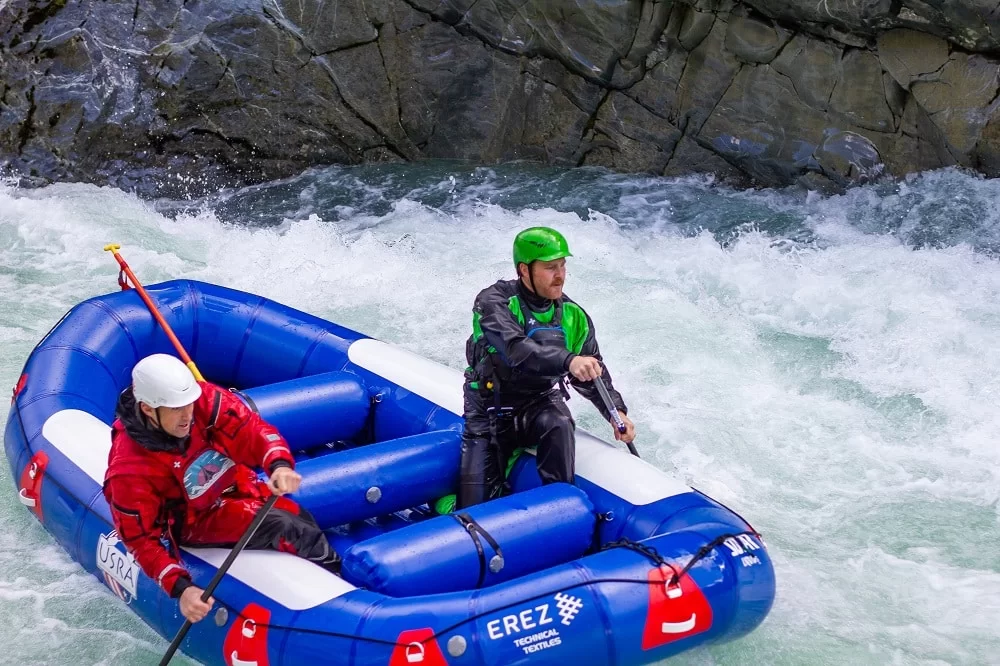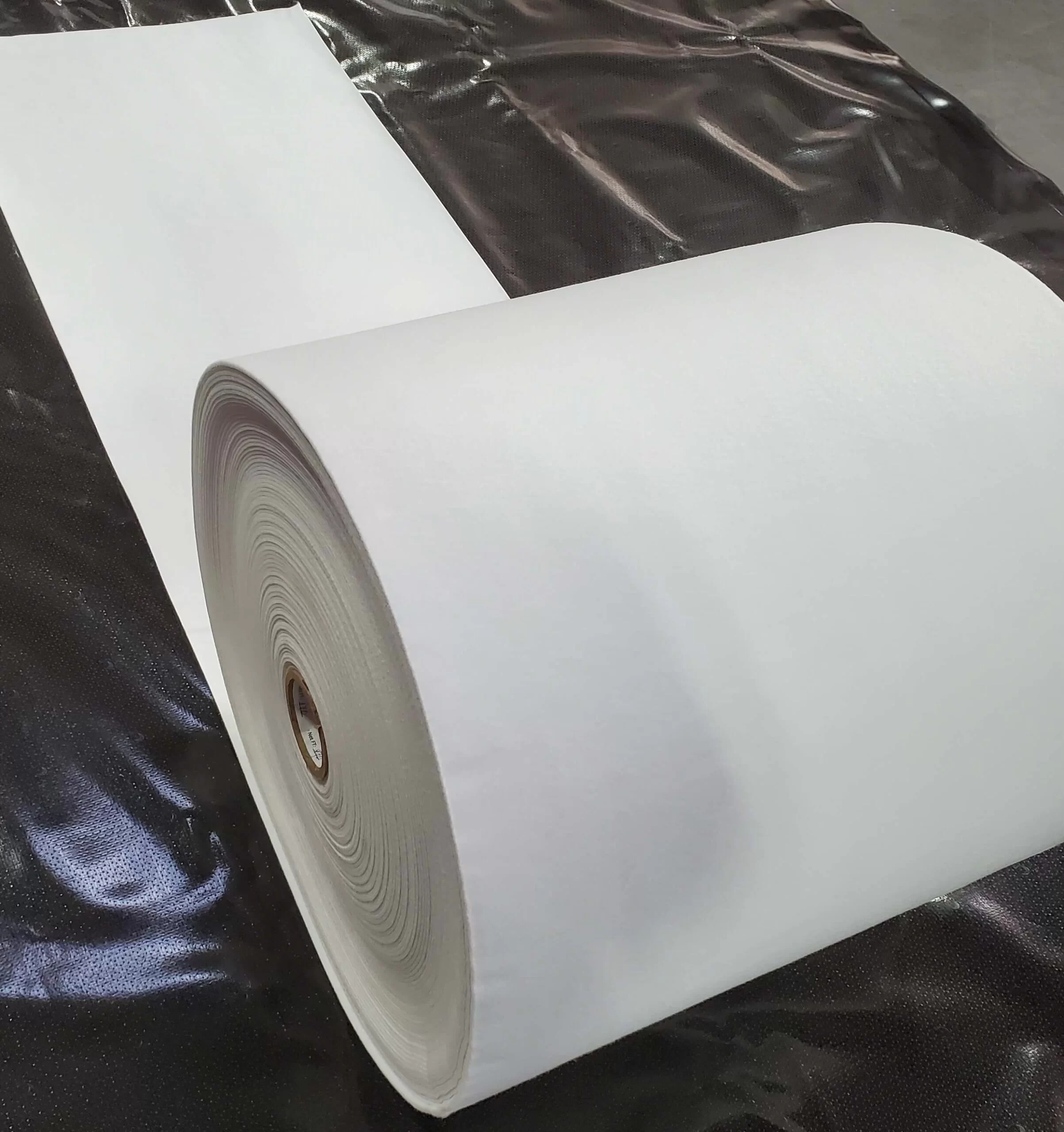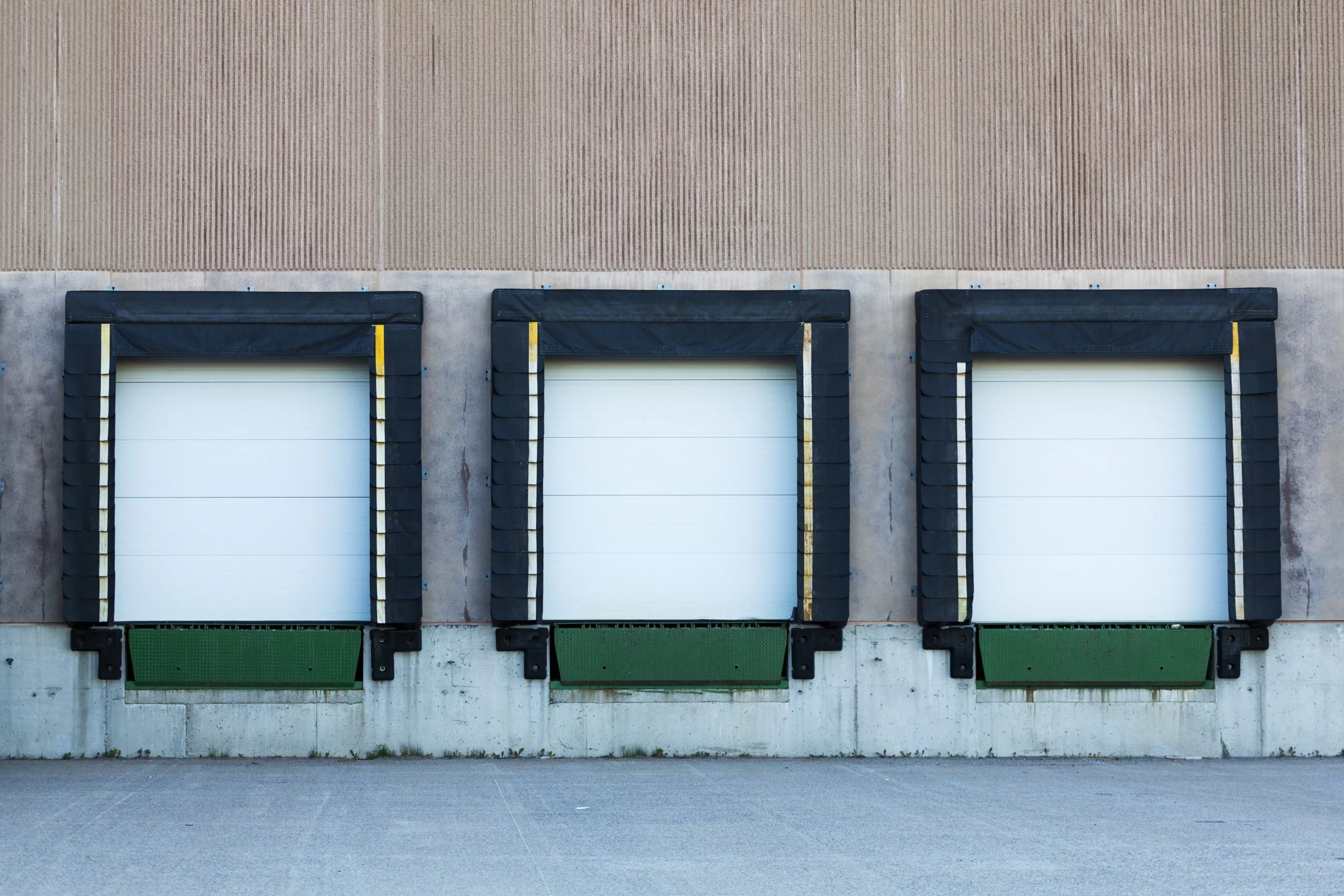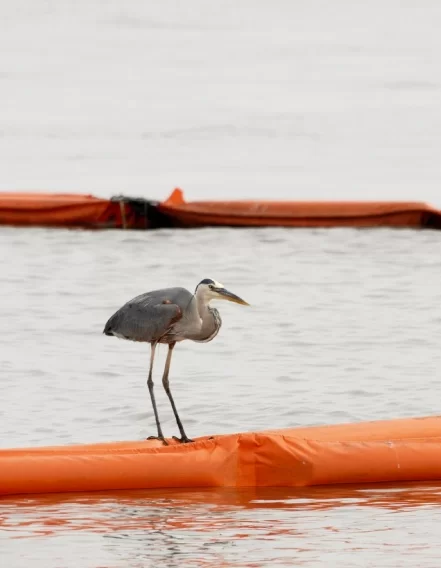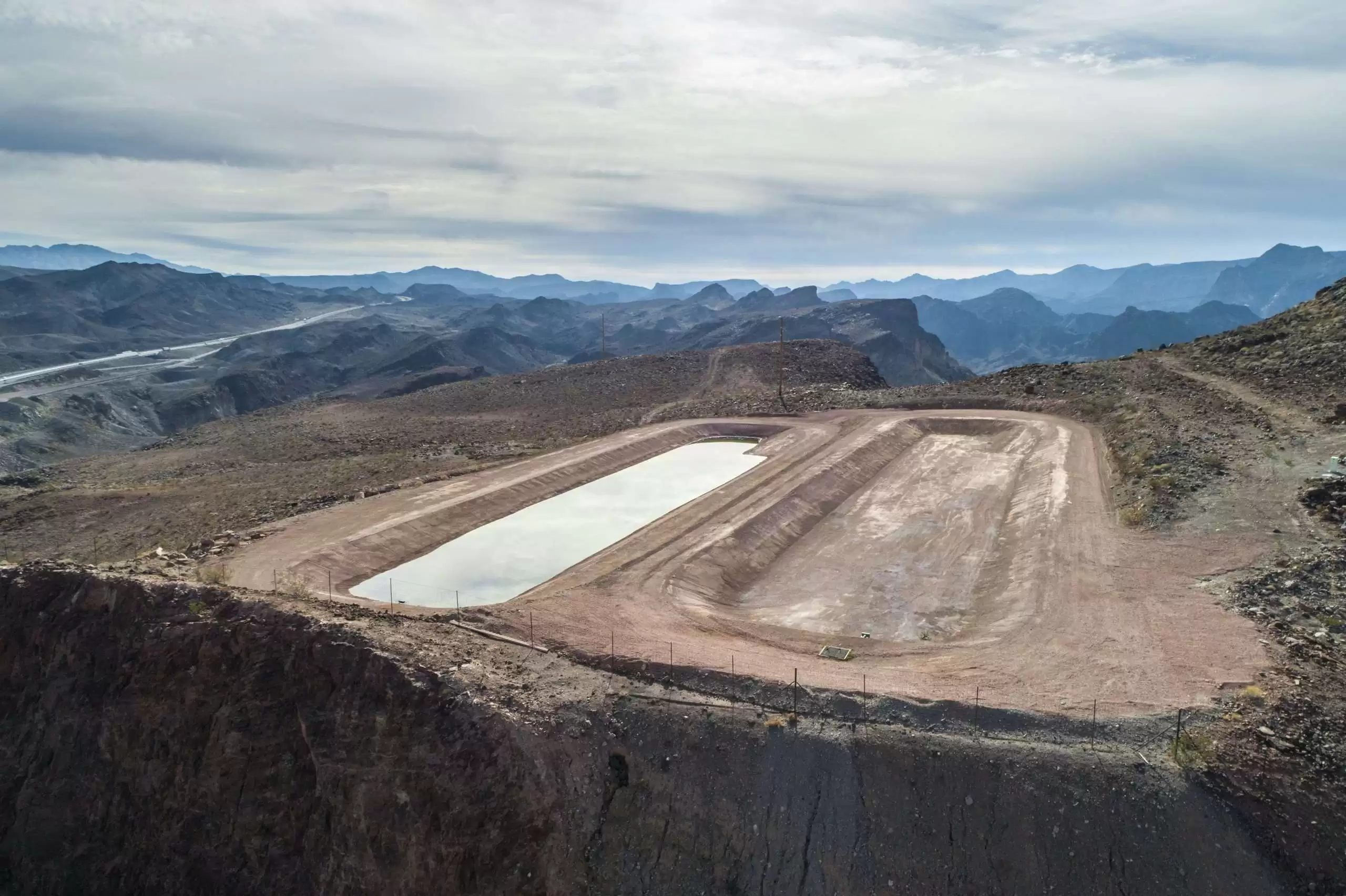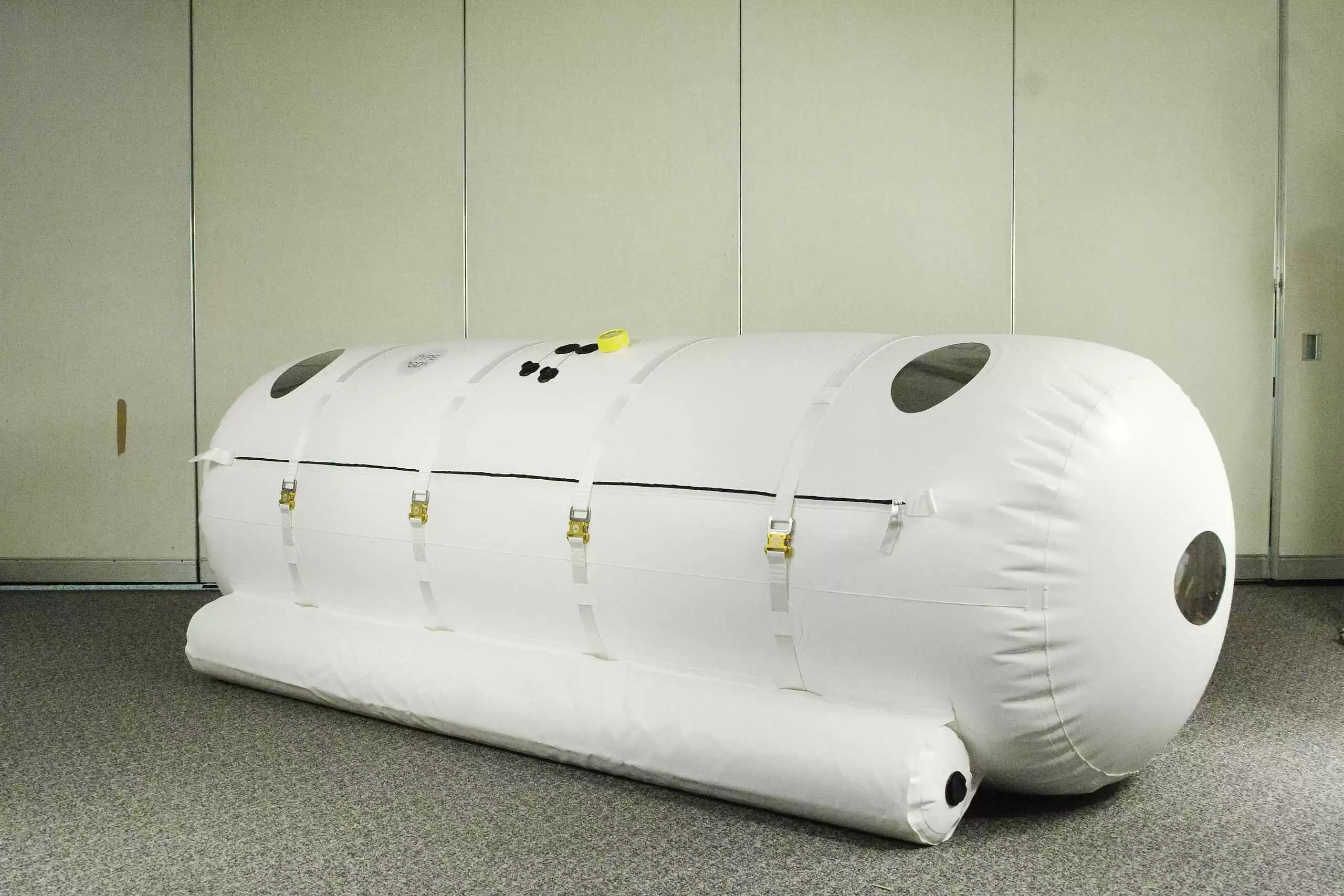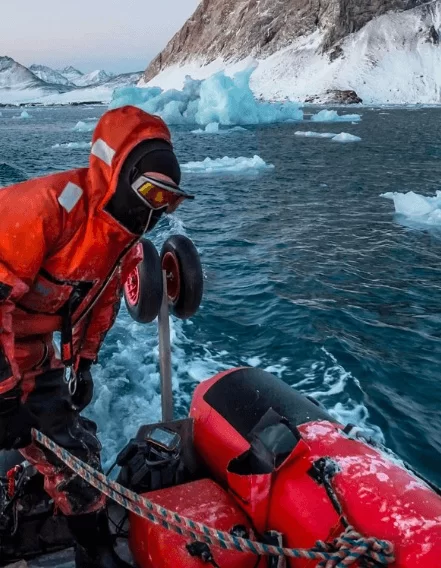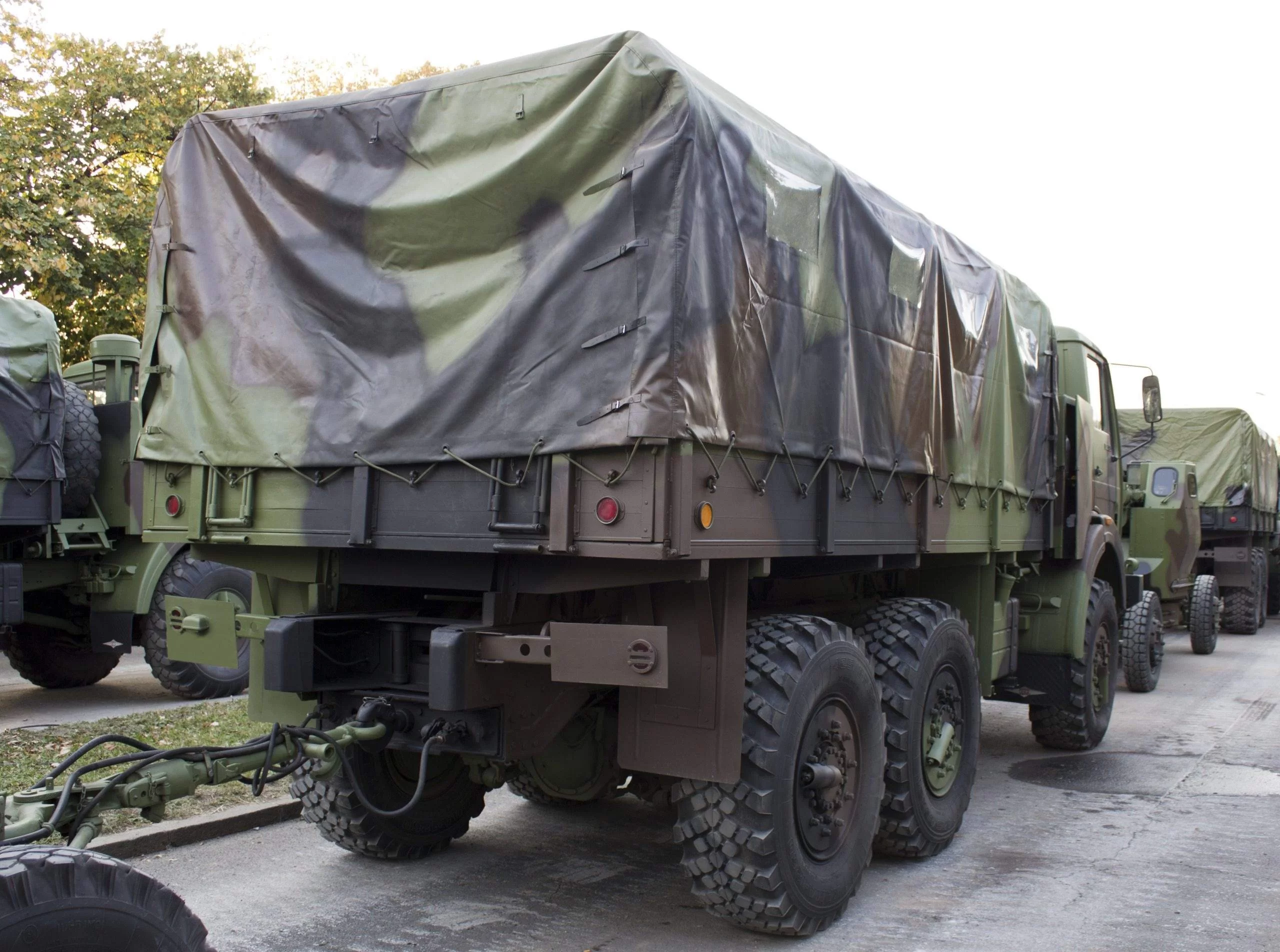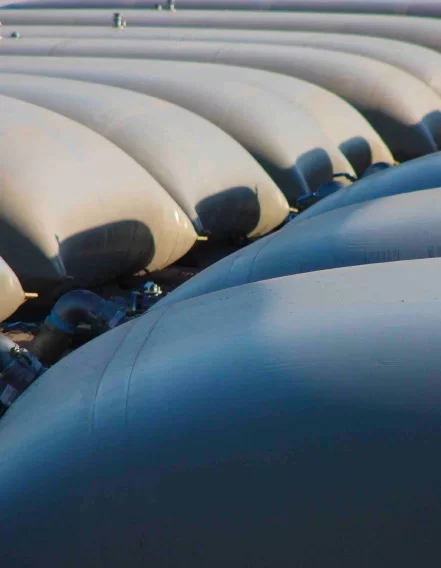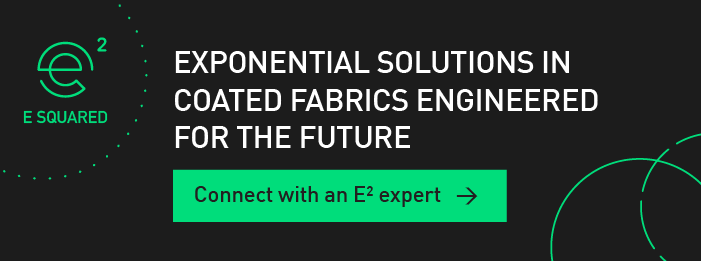Reinforced Geomembranes are frequently used as secondary containment applications. They’re resistant to a wide range of chemicals and hydrocarbons while also being puncture-resistant and versatile.
In this article, we review the essential considerations that go into developing a secondary containment system.
Table of Contents
Every Application is Different
One of the essential aspects of building a secondary containment system is that the reinforced geomembrane you use needs to match your containment goal. Some liner materials are only effective at containing specific types of chemicals. In addition, some liner materials can degrade over prolonged exposure to corrosive chemicals. Secondary containment is just that and procedures need to be established to ensure immediate clean up of any spills.
The type of secondary containment is important
There are specific considerations as to what type of reinforced geomembrane you need. Your need might be temporary containment for a spill or a long-term containment system. Is your liner going to be exposed to the elements? Will it need to be moved from place to place? ‘Fold-and-go’ berms have their own set of requirements as well.
A Brief Overview of the Different Materials You Might be Considering
Some geomembrane material options you might consider for secondary containment:
All of these product options are suitable for factory fabrication as well as field fabrication. Also, it is always important to refer to the manufacturer’s Chemical Resistance List prior to selecting your geomembrane.
LLDPE
Reinforced LLDPE is available in various thicknesses and with textured and smooth finishes, which appeals for a lot of applications. LLDPE is ideal for short-term applications of three years or less. LLDPE is an economical alternative to longer life products like EIA/KEE. Also, LLDPE is resistant to less aggressive chemicals and hydrocarbons. Reinforced LLDPE is provided with encapsulated edges to ensure that all factory edges are sealed for maximum performance.
PVC
PVC is a popular geomembrane material, but it’s not typically utilized for secondary containment. This material has limited resistance to chemicals and hydrocarbons , which allows for very limited use in a secondary In general, PVC is best for greywater or similar containment.
EIA/KEE containing DuPont Elvaloy
EIA/KEE containing DuPont Elvaloy is one of the best and proven options for secondary containment. It has a 20-year lifespan in the field and is extremely non-reactive. EIA/KEE has been an industry standard for primary and secondary applications for over 30 years and offers chemical resistance, physical strength, and outdoor durability IEIA/KEE is provided with encapsulated edges to ensure that all factory edges are sealed for maximum performance.
Thermoplastic Polyurethane (TPU)
Thermoplastic Polyurethane (TPU) provides the ultimate in performance. Offering Chemical and Hydrocarbon resistance, extreme hot and cold resistance along with the industries highest level of abrasion resistance.
See Berm Liner Characteristics Chart below to determine the right fit for your application:
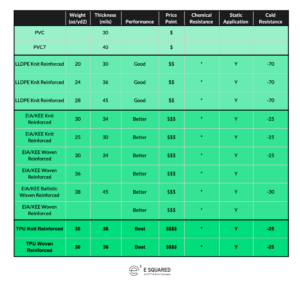
Static vs. Dynamic Applications
Is your application for a semi-permanent liner installation or a rapidly deployable secondary containment system. A ‘fold-and-go’ liner is appropriate for quick responses, but they come with some additional considerations.
For example, if a liner will be used dynamically, the material may need to have additional abrasion resistance. In addition, low-temperature flexibility may be required, review your product specification to ensure the product meets these requirements.
Communication is Key
The best way to determine what material you need to contain a specific chemical is to talk to your manufacturer. You’ll need to communicate specifically what your needs are and what the purpose of the system is. That includes whether the liner will be exposed to the elements and whether it needs to be able to withstand physical as well as chemical forces.
In some cases, additional testing may be required to ensure that a specific geomembrane material will work for your containment system. You can work with the manufacturer to confirm UV exposure performance along with specific chemical resistance requirements..
Conclusion
When designing secondary containment for chemicals, your geomembrane Manufacturer is an important source of guidance and knowledge. Here at E2, we have years of experience helping engineers design and build secondary containment for chemicals. We offer a wide range of geomembrane materials and testing solutions to help with any containment application.

